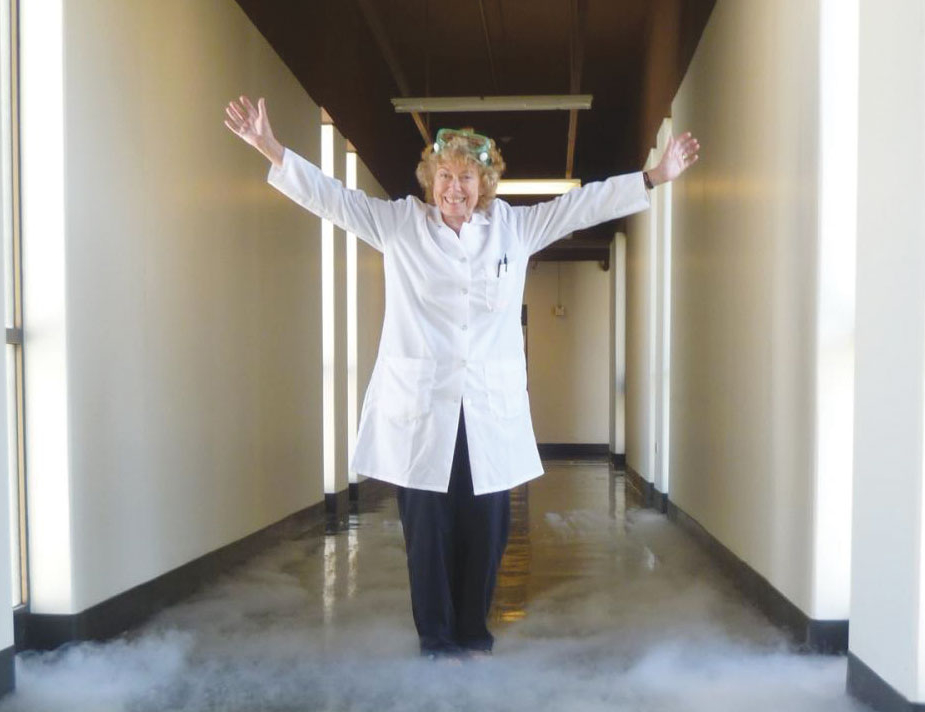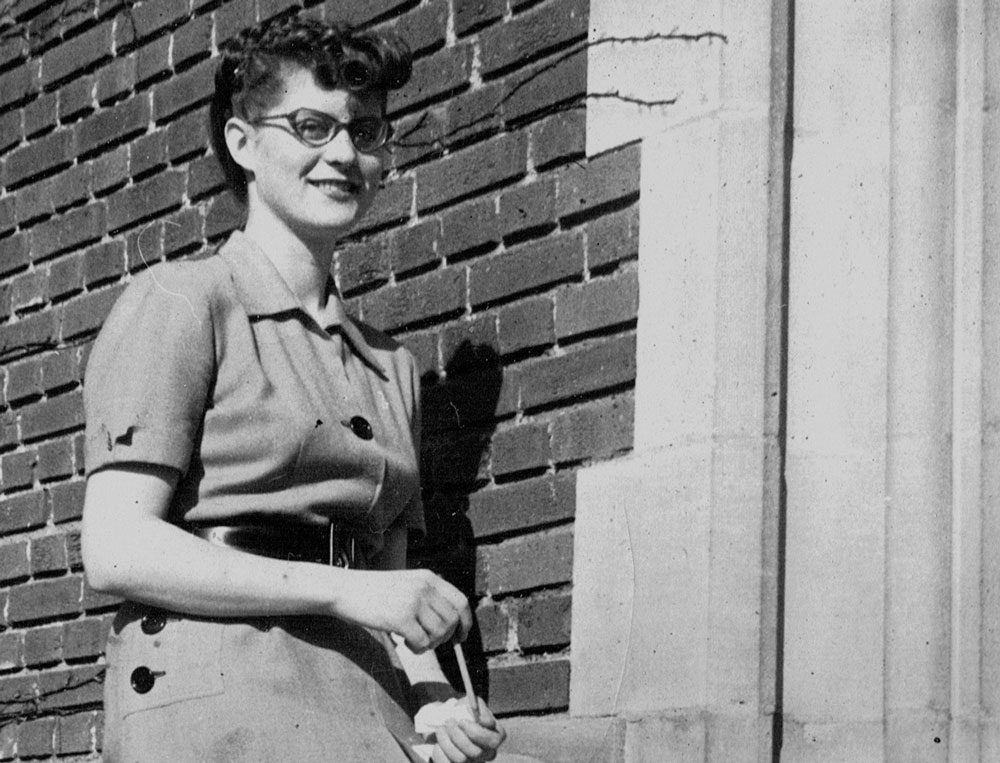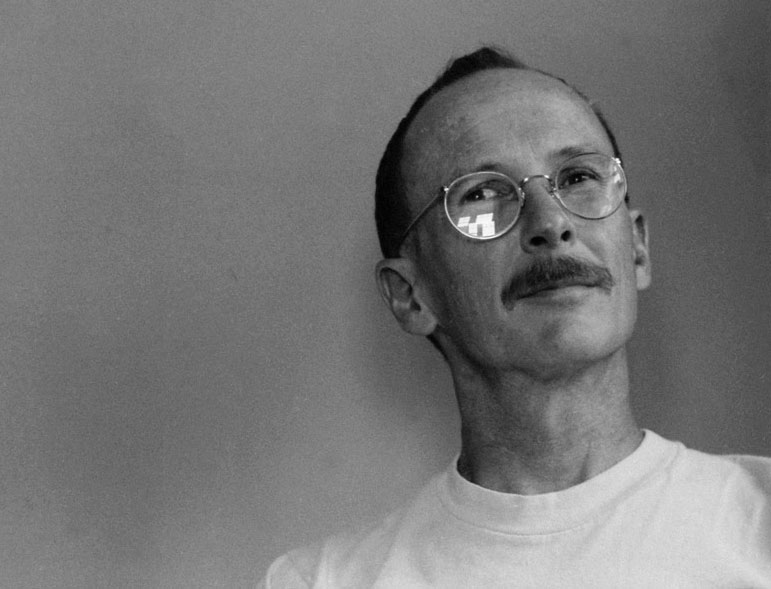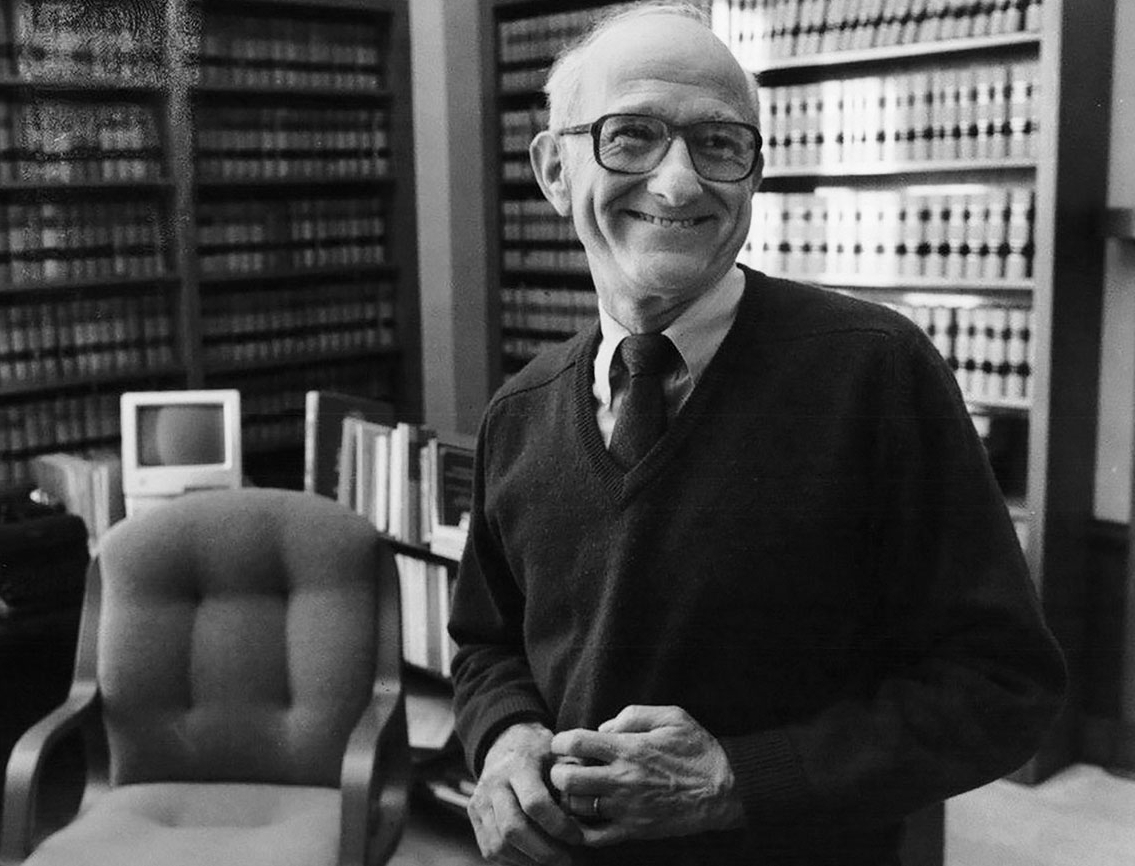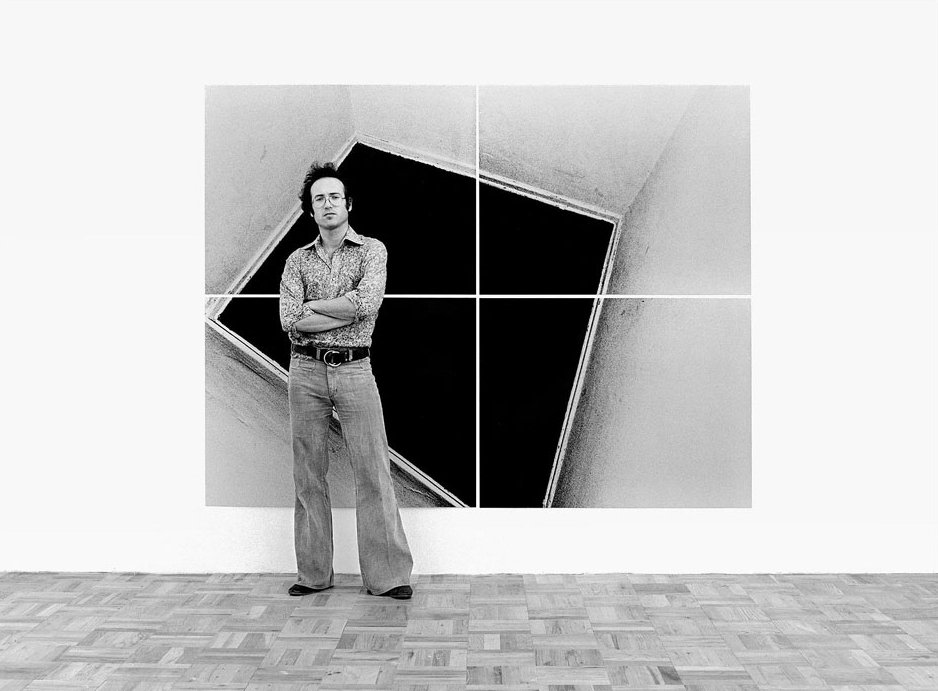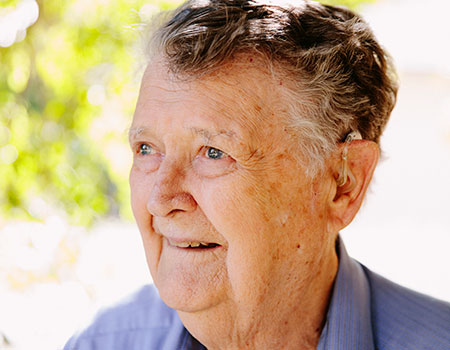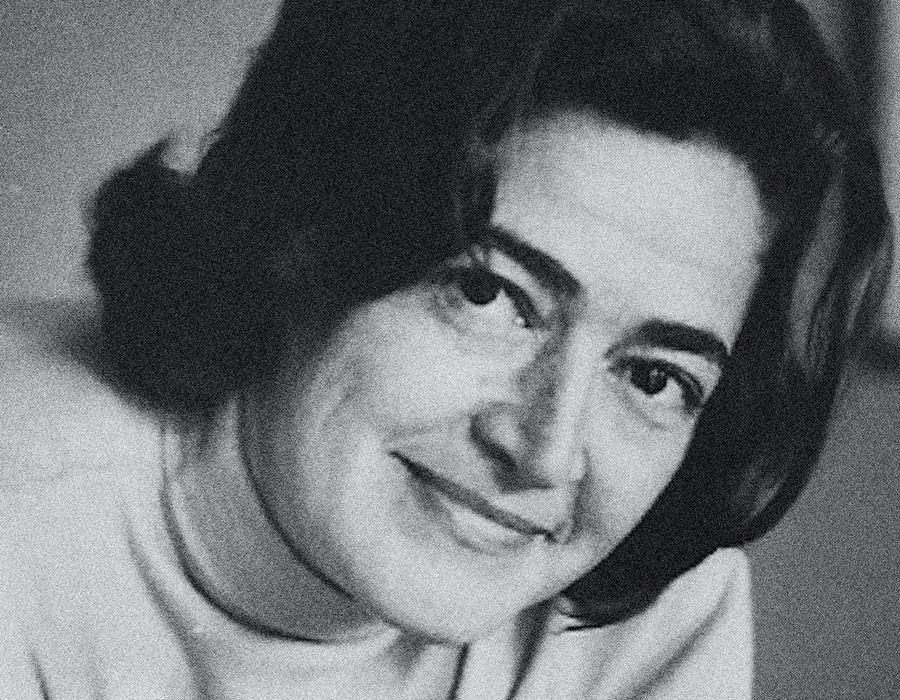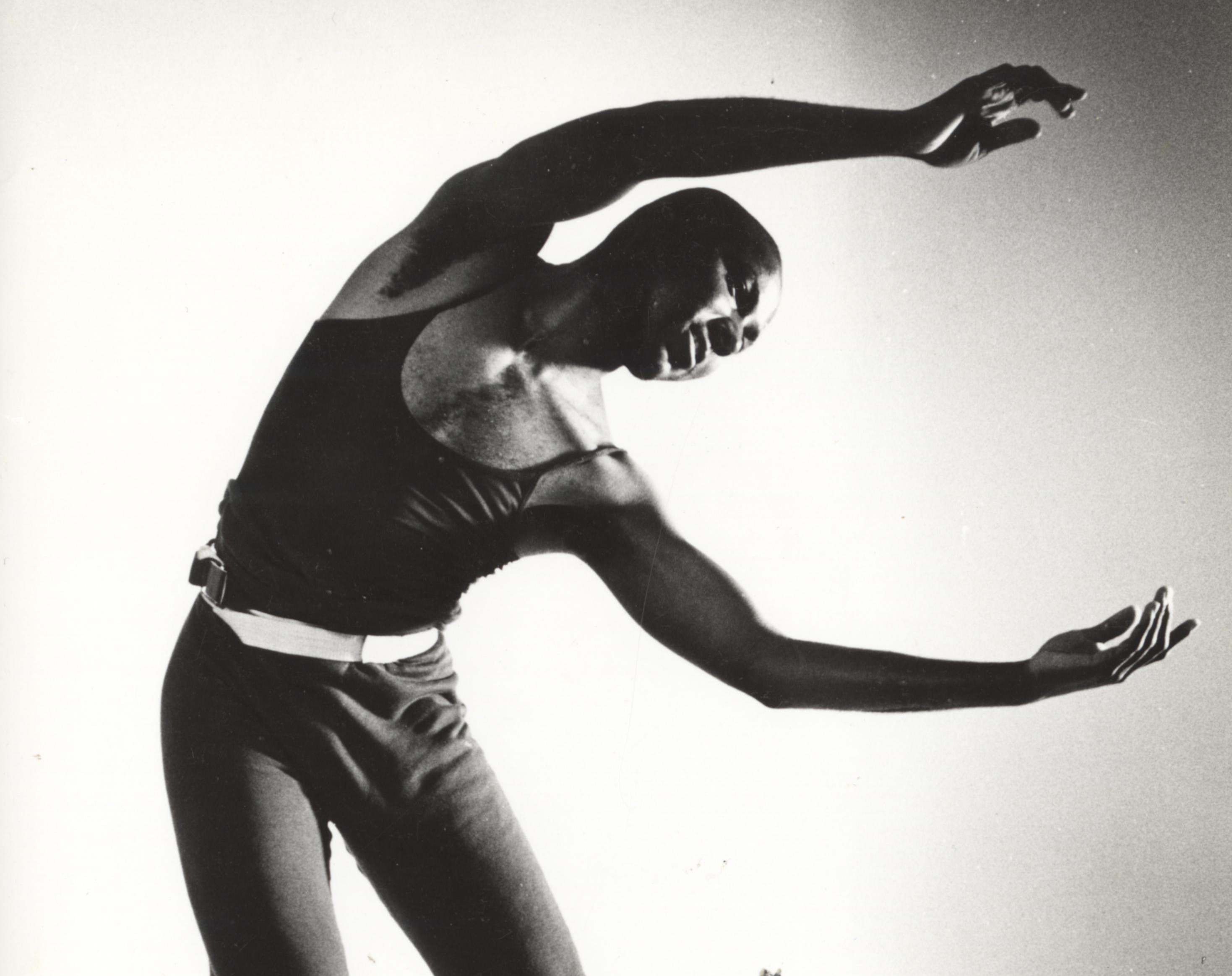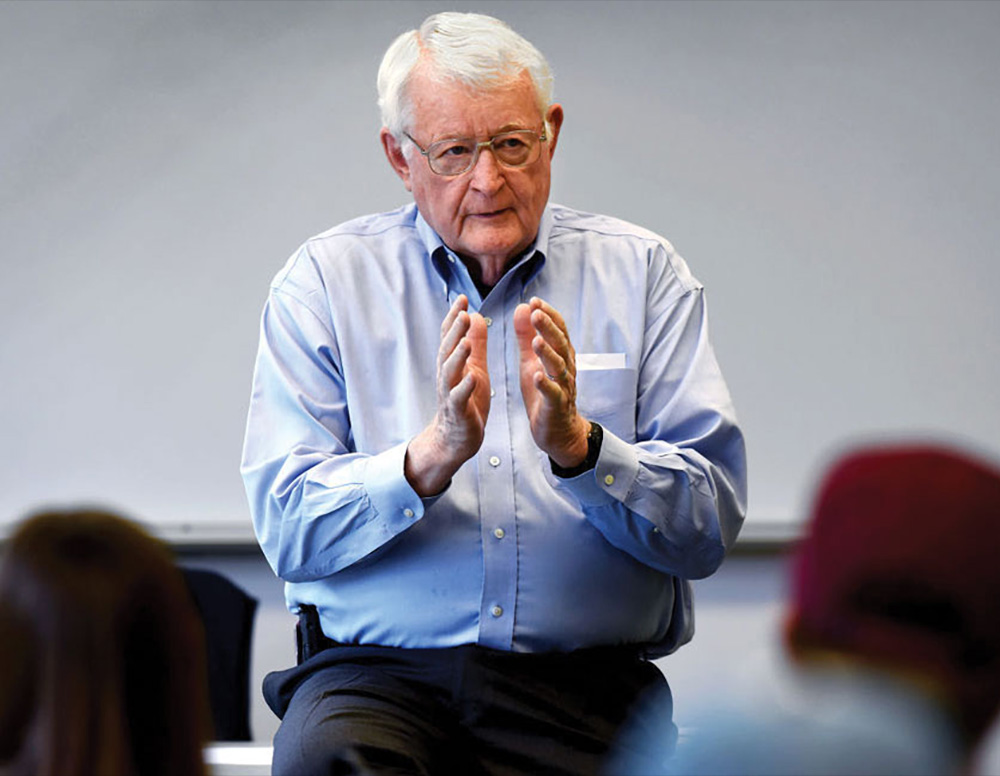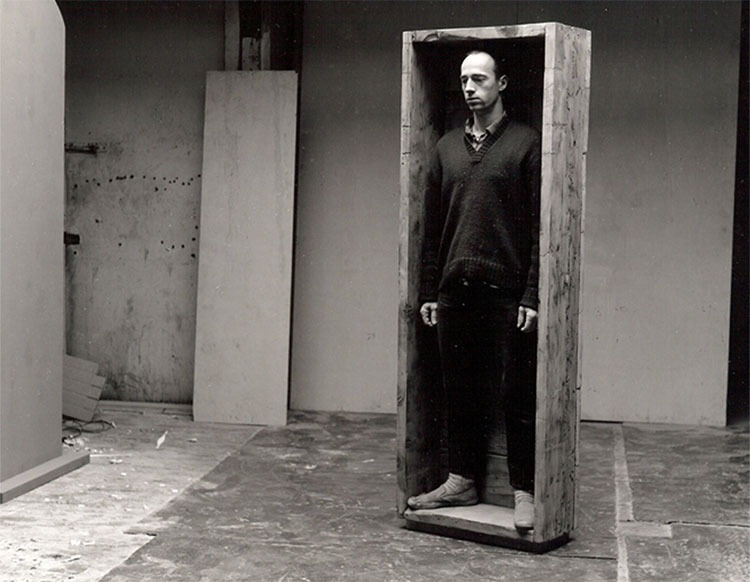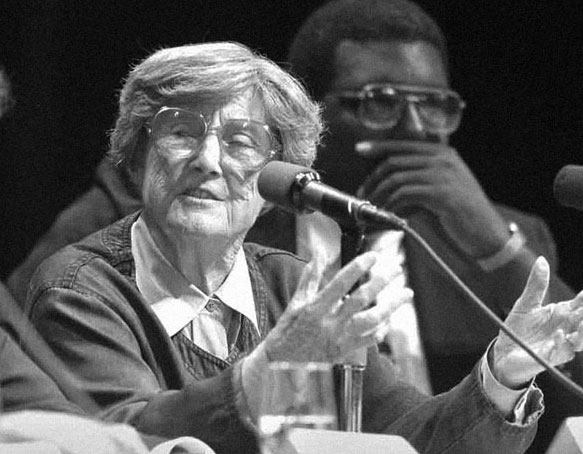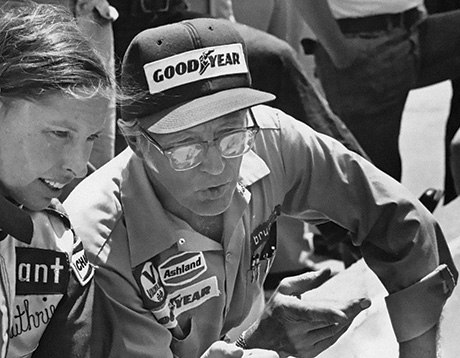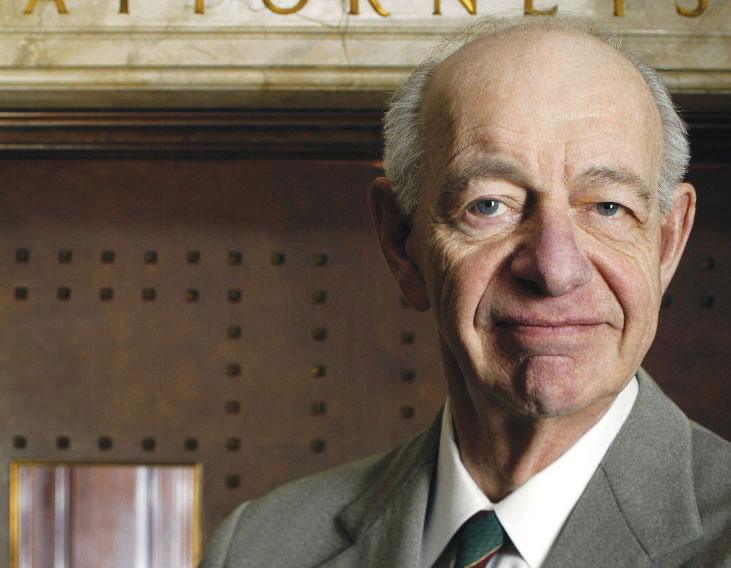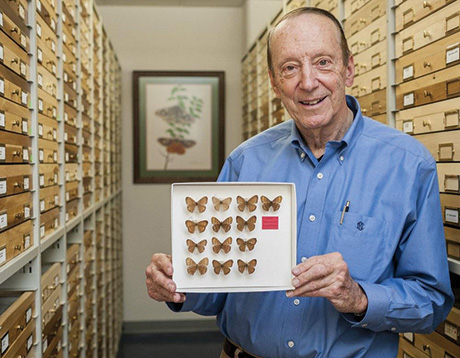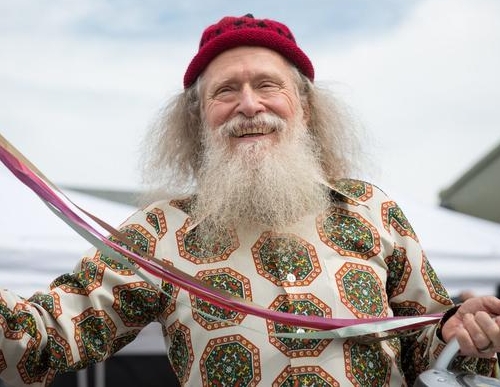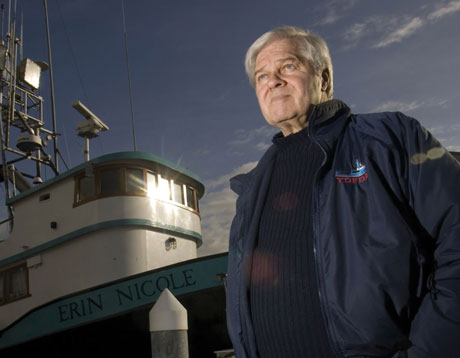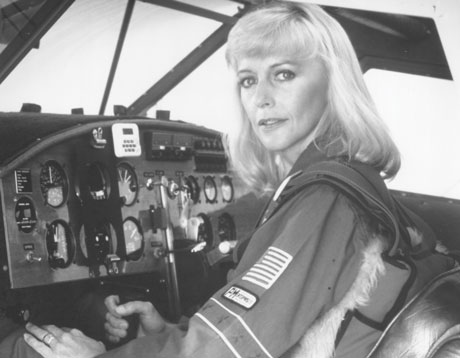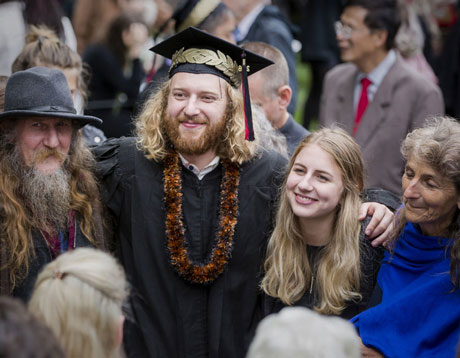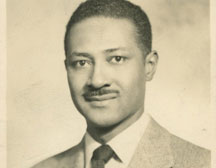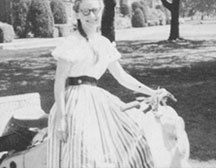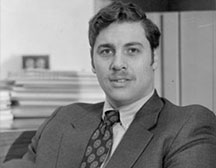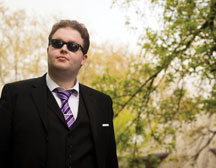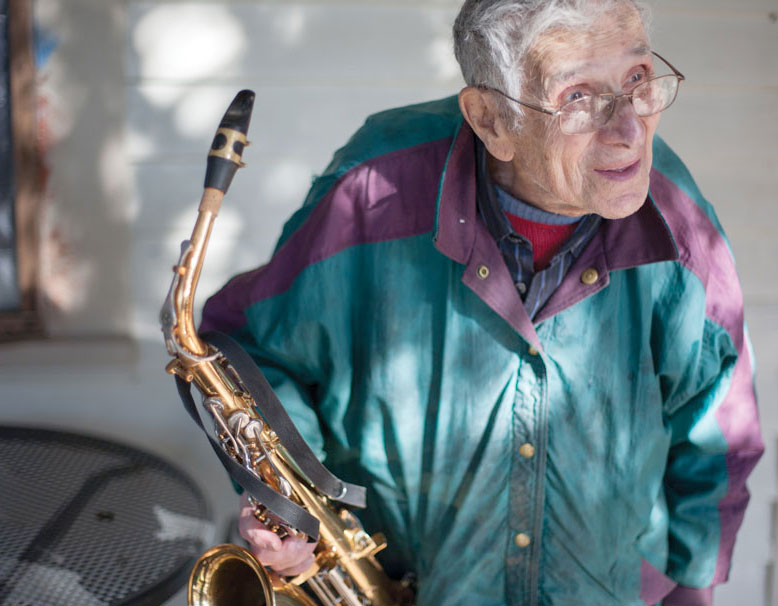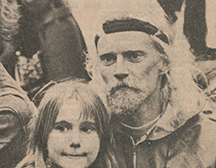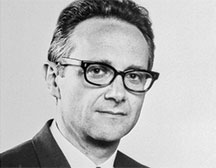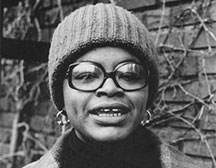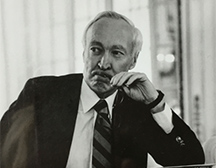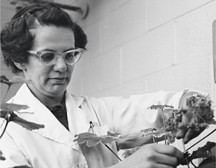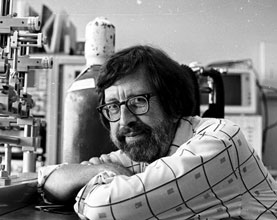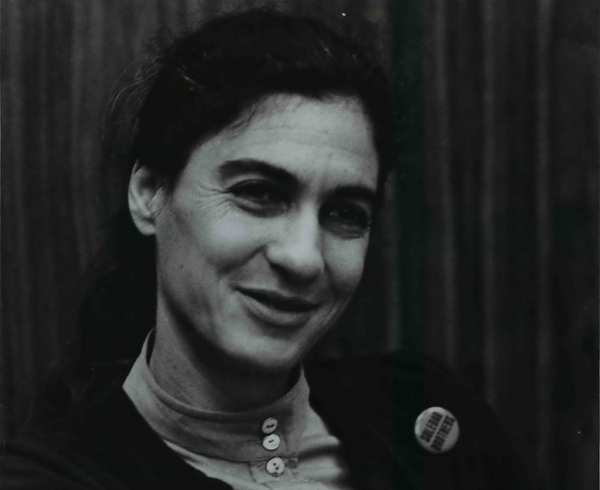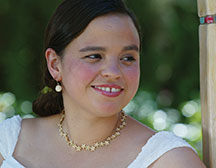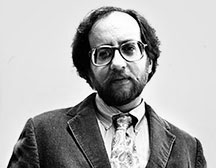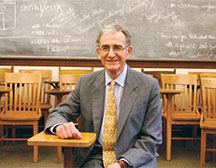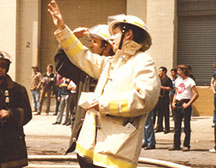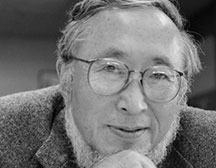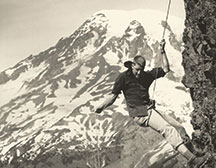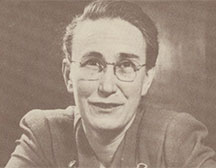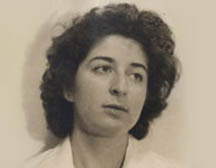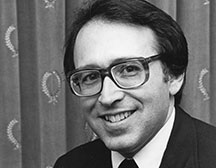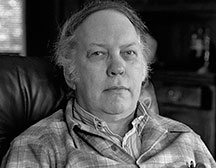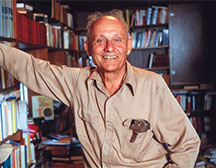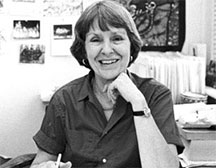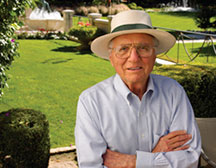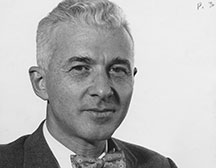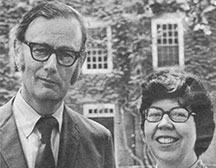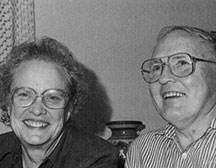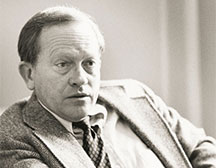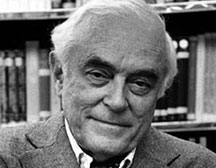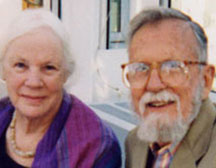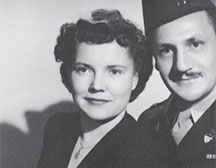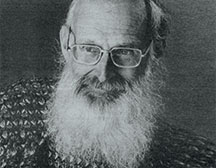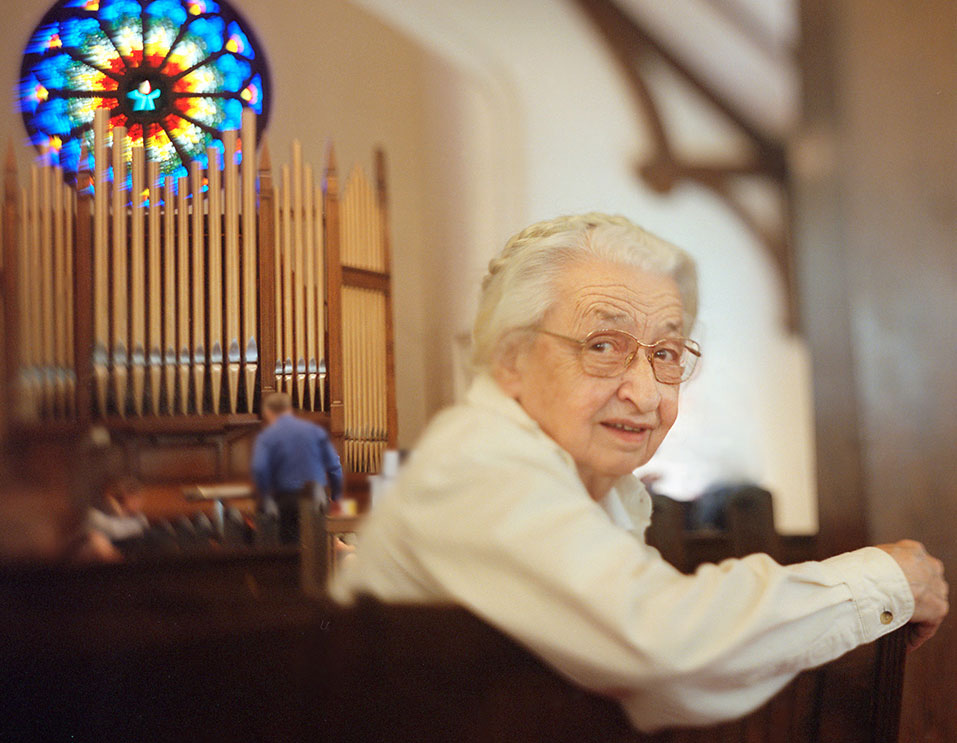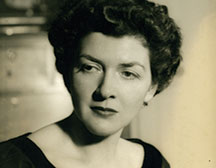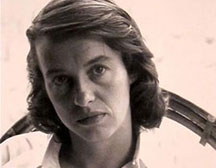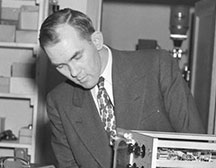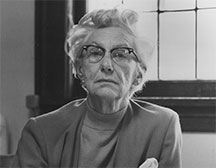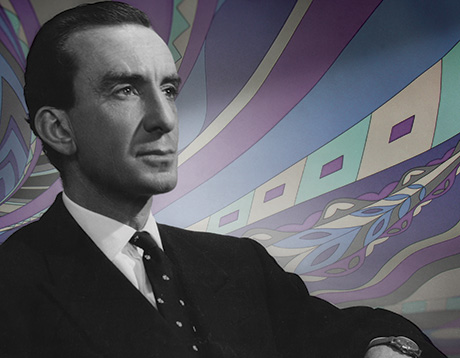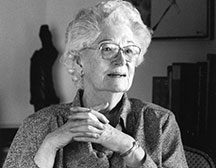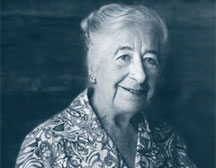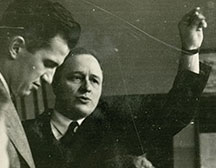Marc Lieberman ’70
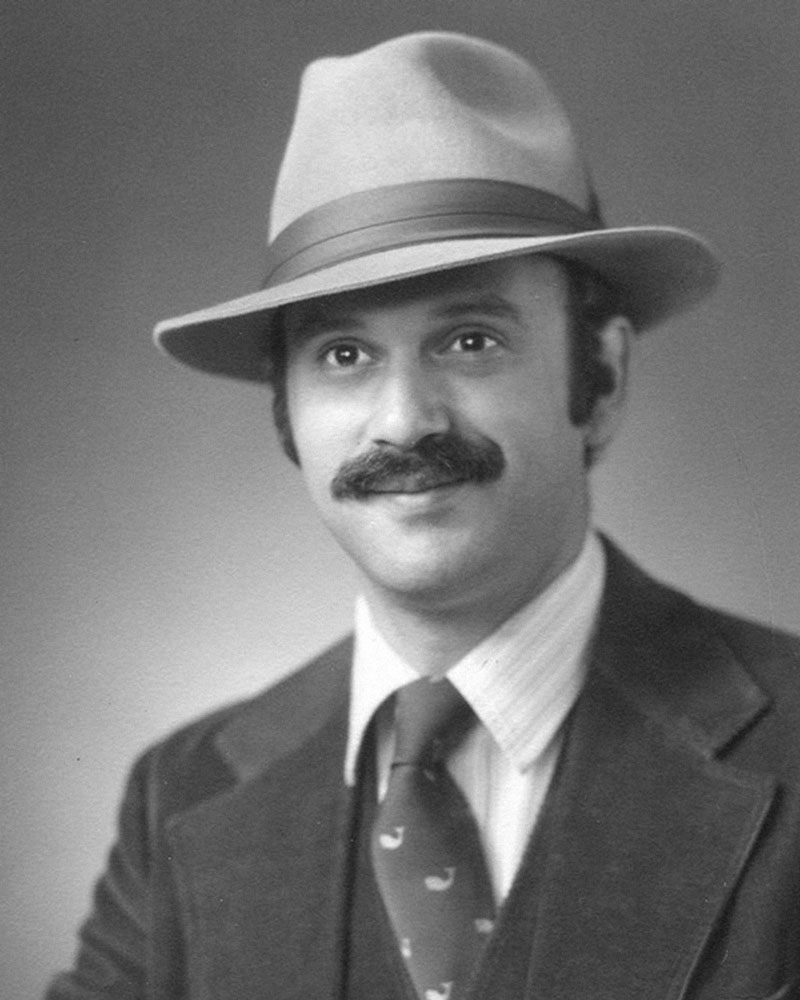
August 2, 2021, in San Francisco, California, of prostate cancer.
As a “Jewish Buddhist” ophthalmologist, Marc brought sight back to thousands of Tibetans stricken by cataracts and was celebrated in word and film for organizing a dialogue between leaders of the Jewish faith and the Dalai Lama.
He grew up in a Reform Jewish household in Baltimore, Maryland, at a time when its neighborhoods were defined by race, religion, and ethnicity. Though his brother and uncle were rabbis, healing also ran in the family. His father was an ear-nose-and-throat doctor, and Mark joked that left only one organ in the head for him to specialize in.
At Reed, he majored in religion and studied calligraphy with Prof. Lloyd Reynolds [art and English 1929–69].
“I was so taken with the marvelous blending of mind, heart, and hand,” Marc said. “[Reynolds] was a man who could wake up your soul. He recognized the miraculous, the revolution of spirit. He profoundly appreciated the capacity for change, and that left me inspired at a very deep level. He was one of the first to speak of Asian spirituality. He planted the seed.”
Marc wrote his thesis, “Oral Tradition and the Ugaritic Poem of Keret,” advised by Prof. Simon Parker [religion 1968–75]. He then set out for Israel, where he studied Hebrew calligraphy and planned to earn a PhD in Biblical studies.
“After Reed, I pinballed between my interest in religion and an uncertain sense of my scholastic fortitude,” Marc said. “I chickened out and opted for medicine.”
He took two years of premed courses at the Hebrew University of Jerusalem; there he met Alicia Friedman, who became his first wife, and they had a son, Michael. Marc was accepted at Johns Hopkins Medical School and completed his ophthalmology residency at Hopkins’s Wilmer Eye Institute in 1980. The first time he assisted during eye surgery, he knew he’d found his specialty.
“When I was in my third year,” he recalls, “I was up all night and we were in the operating room, working in someone’s belly, and it was a bloody mess and so intensely surgical. I showered up, reported to the eye department, and walked in on a doctor doing a cataract operation. He was listening to Scarlatti. It looked like Prof. Reynolds’s calligraphy. I decided no more of this bloody stuff.”
Marc’s career trajectory included a glaucoma fellowship with Dr. Robert N. Shaffer; a stint as chief resident at University of Illinois Eye and Ear Infirmary; five years as an exclusive glaucoma consultant for Northern California Kaiser Permanente; and, as an academic, four years as glaucoma chief at Stanford University and seven years as glaucoma chief at California Pacific Medical Center in San Francisco. In 1997, he left to start a solo practice as a glaucoma specialist in three offices in the Bay Area. He was a successful textbook author; his academic pièce de résistance was the 1999 publication of the seventh edition of Becker-Shaffer’s Diagnosis and Therapy of the Glaucomas, which he coauthored with two colleagues. The earlier edition had been his “bible” when he entered the field, and he had a distinctive filial pleasure in paying homage to his teaching mentor by continuing his work.
Despite his professional success, Marc found himself growing disenchanted with medicine.
“There were so few role models of people who were connecting with patients as other humans,” he explained, “and the very reasons that motivated me to go into medicine became more and more distant the further I got in the field.”
From the beginning of his career in California, he taught for four to six weeks a year in eye programs throughout India and Burma. In India, he was amazed at how medical centers were “temples of love and service.”
At a yoga class in 1982 he met Nancy Garfield, who introduced him to the Bay Area’s Buddhist community. After the two attended a retreat at a monastery near Santa Cruz, Marc realized that he had found the answer to his frustrations and despair, or at least an avenue to address them. In 1986, he and Nancy married in a Buddhist ceremony. That marriage, like his first, ended in divorce, but he kept on with Buddhism, describing himself as “having Jewish roots and Buddhist wings.”
“It felt very much like coming home,” he said, “There was so much confluence with Jewish spirituality.”
Marc helped establish a Buddhist meditation monastery north of San Francisco and initiated and organized historic meetings between Jewish leaders and His Holiness the Dalai Lama, leader of six million Tibetan Buddhists.
Having learned from a mutual friend that the Dalai Lama wanted to learn about Judaism, in 1989 Marc volunteered to put together a crash course for him. He assembled a dream team of rabbis and academics. Jewish and Buddhist thinkers discussed the two faiths’ shared experiences with suffering, their different concepts of God, and the role that mysticism plays in each. “The meetings became a love fest between the Jews and the Tibetans,” Marc said of the gathering in New Jersey.
A follow-up gathering the next year at the exiled Tibetan leader’s home in Dharamsala, India, was recounted in a bestselling book, The Jew in the Lotus by Rodger Kamenetz, which was made into a commercial movie of the same name. Over four days, recognizing the resonance between the Tibetan and Jewish experiences, Marc vowed to help the Tibetan people with his skills. In 1995, he established the Tibet Vision Project, a grand name for what was largely a solo act.
Partly due to the harsh ultraviolet light that blankets the 15,000-foot Tibetan Plateau, cataracts are rampant in Tibet. One in every 25 adults over the age of 40 has lost sight. Yet cataracts are a surgically curable disease.
“It’s a profound irony,” Marc said. “These Tibetans are blind in this majestic land. They are blinded by the light that so delights us.”
Every year, Marc spent two months living in Tibet training Tibetan and Chinese ophthalmologists in general ophthalmology and specifically in modern lens implant/cataract surgery. After mastering the surgery, the doctors and nurses were sent to remote communities in central Tibet, where they operated cataract camps to do the lens implants. The goal was to completely eliminate all present cataract blindness by the year 2020. Through the Tibet Vision Project, Marc helped restore sight to some 5,000 people.
“When we can restore vision in just a few minutes and make a patient’s life turn a new page,” Marc said, “people can go back to a life they barely remember. The miracle of watching people see again never tires me.”
The project’s efforts were supported solely by donations from patients and friends. Marc received the 2003 Outstanding Humanitarian Service Award from the American Academy of Ophthalmology for his years of volunteer work in Tibet. A documentary based on Marc’s work, Visioning Tibet, directed and produced by Isaac Solotaroff, appeared on PBS in 2005. The Chinese government gradually barred all foreign nongovernmental organizations from Tibet in 2008, bringing Marc’s efforts to an end.
Marc is survived by his brothers, Elias and Victor; his son, Michael; and two stepdaughters. He was a steadfast supporter of Reed.
Appeared in Reed magazine: December 2021
comments powered by DisqusFrom the Archives: The Lives they Led
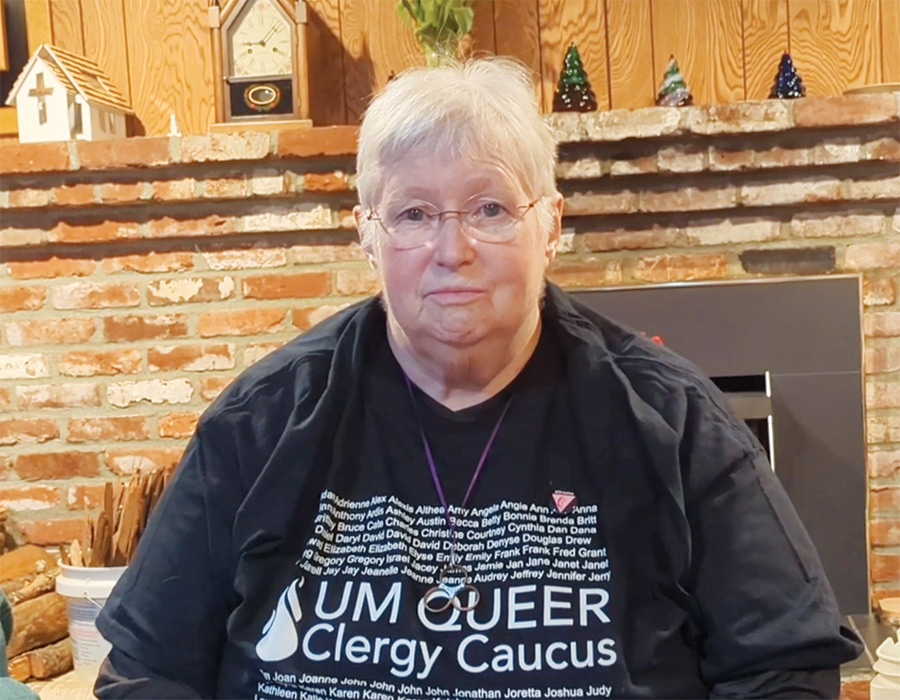
Jeanne Knepper ’69
The First Openly Gay Woman to Be Ordained and Appointed Within the Oregon-Idaho Conference of the United Methodist Church
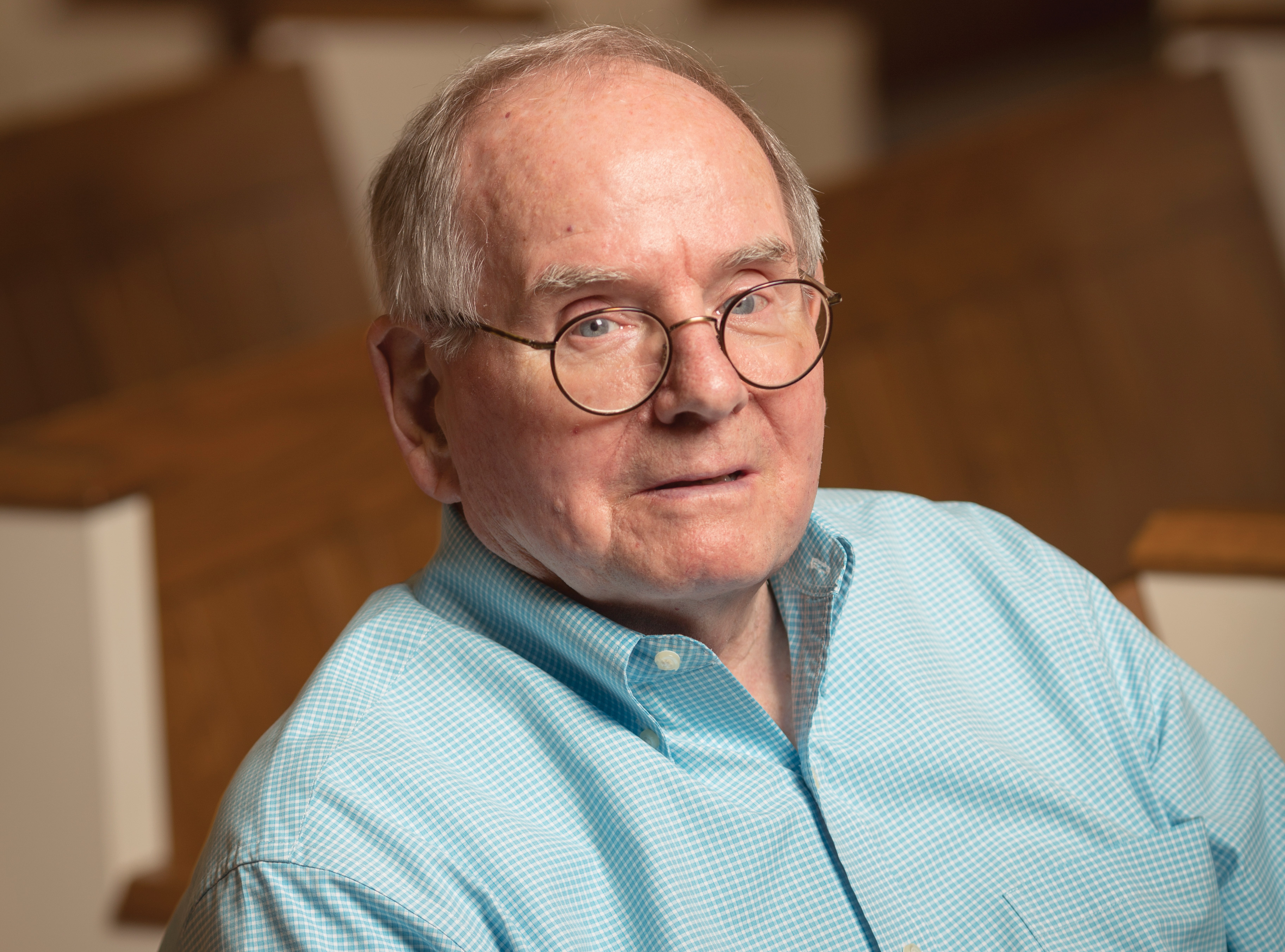
William Haden
As Acting President of Reed, He Strengthened the College's Finances and Alumni Relations
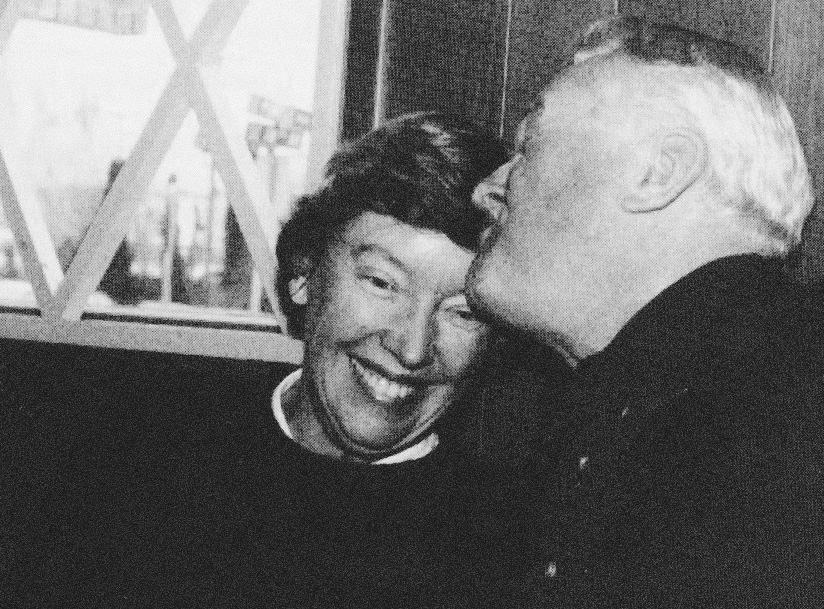
Nancy Horton Bragdon
Reed’s First Lady Whose Warmth and Leadership Were Invaluable During a Turbulent Time

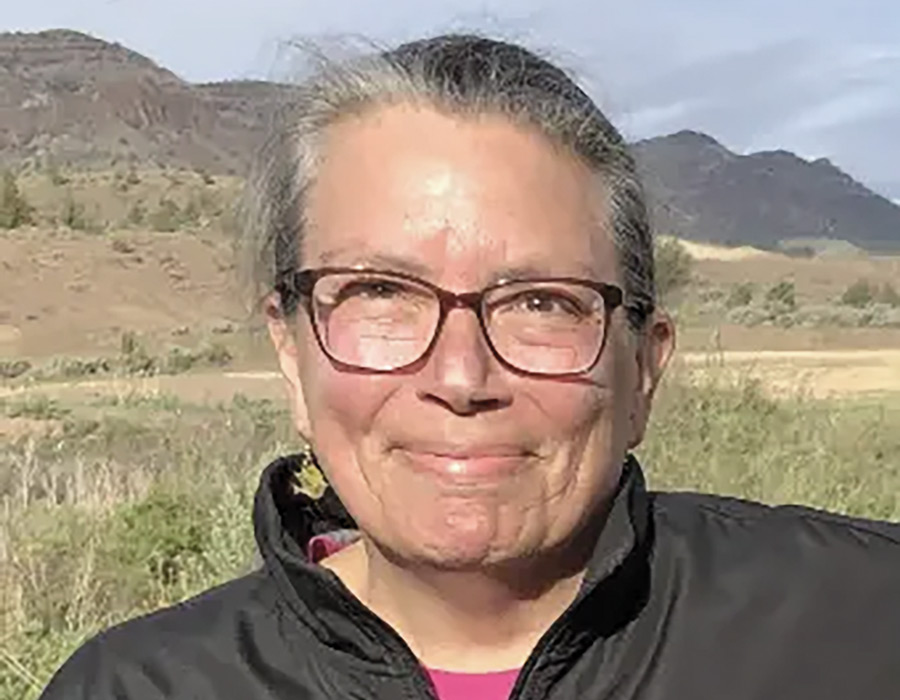
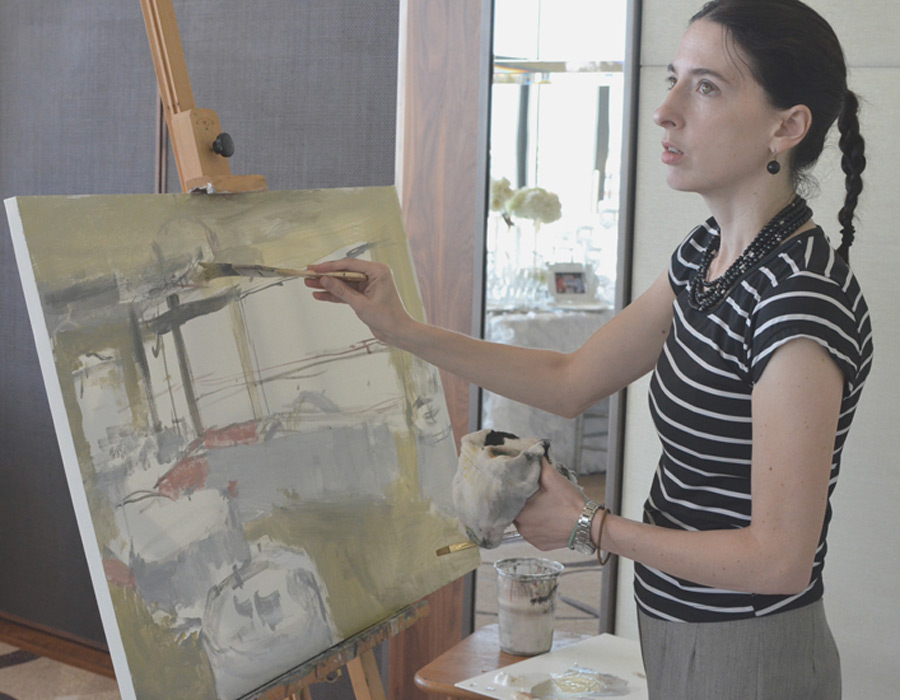
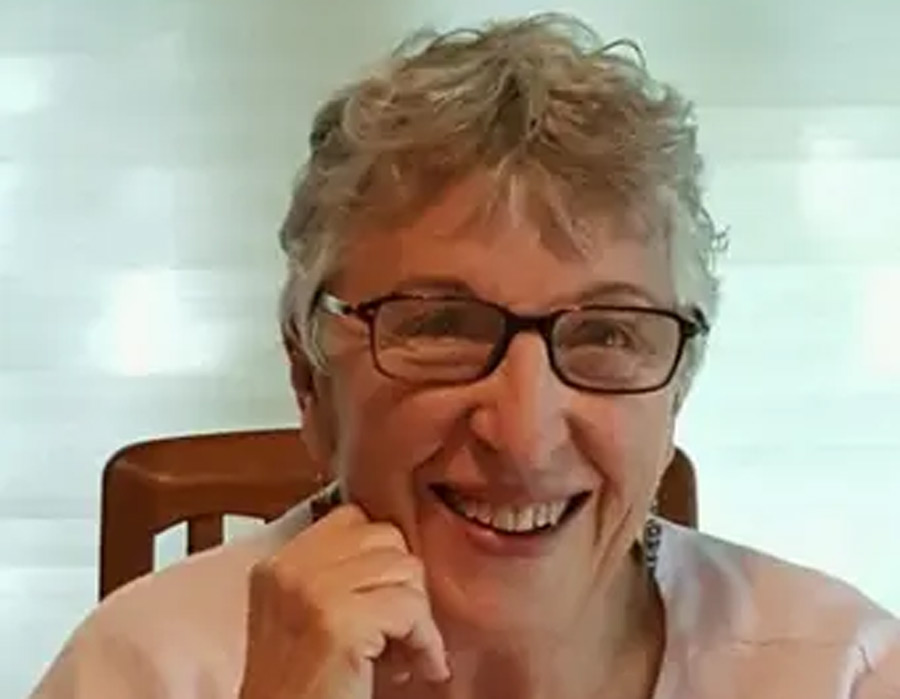
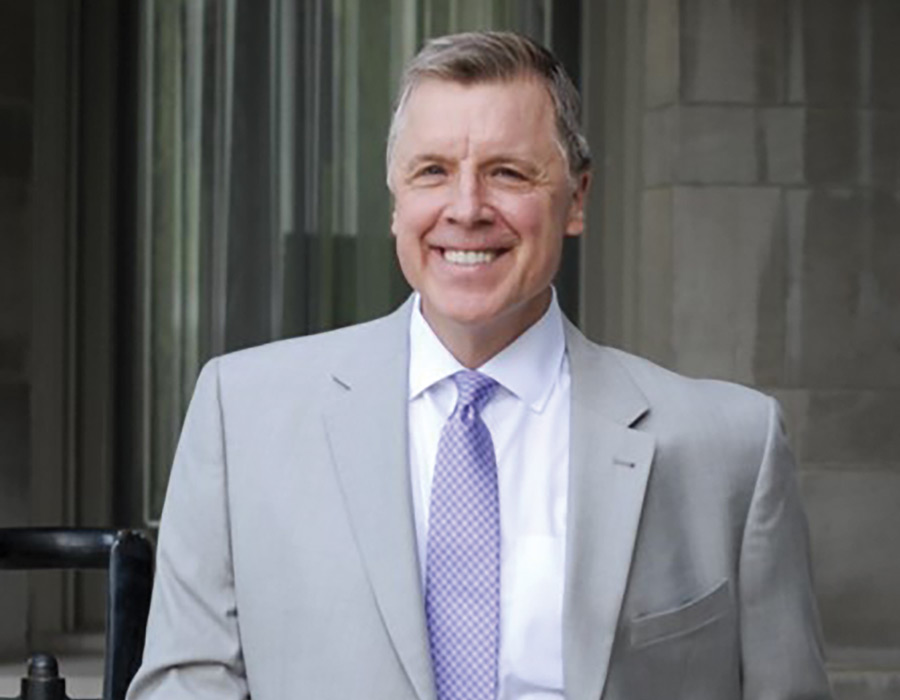
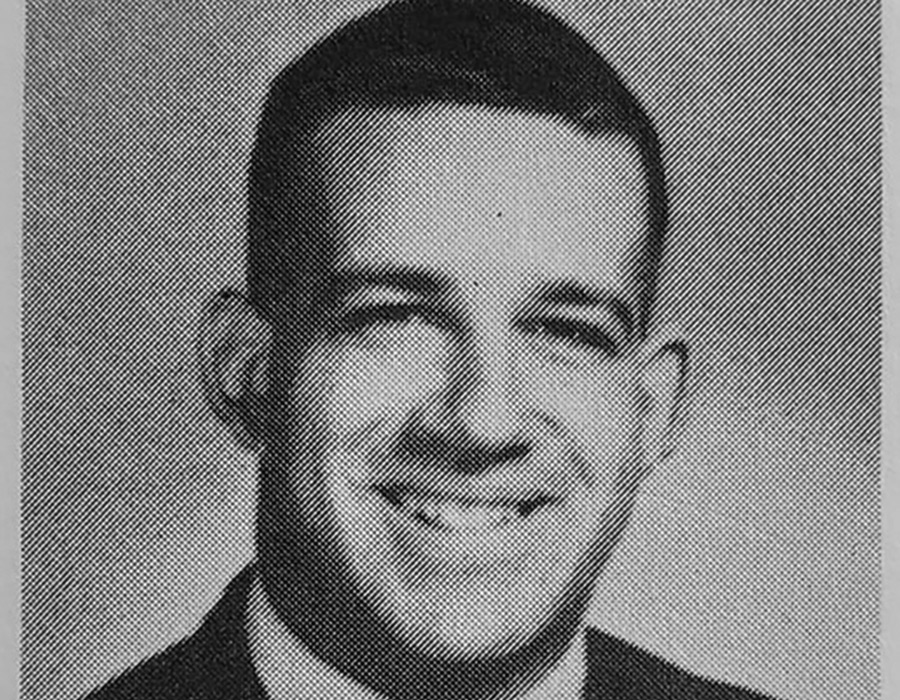
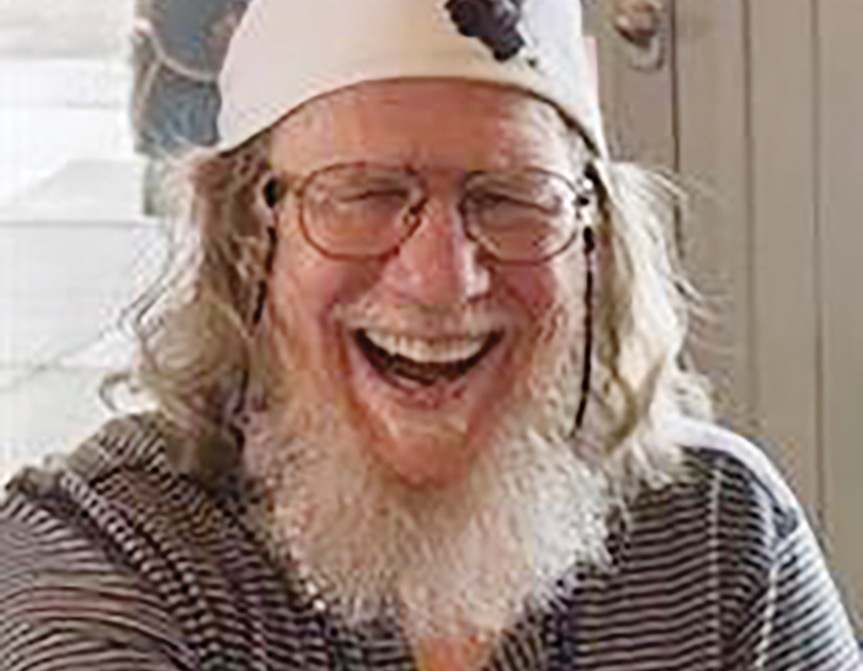
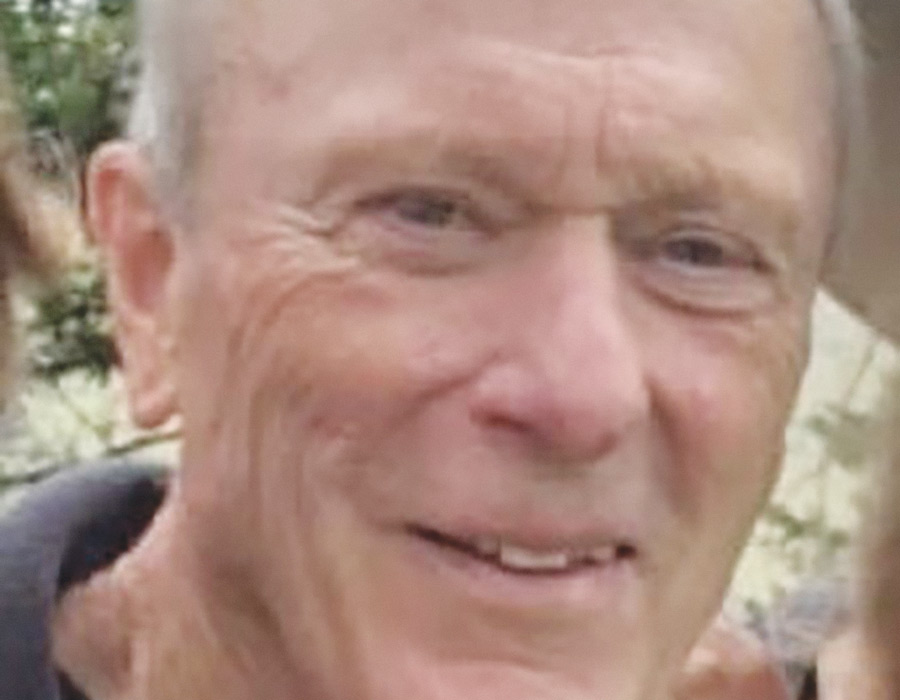
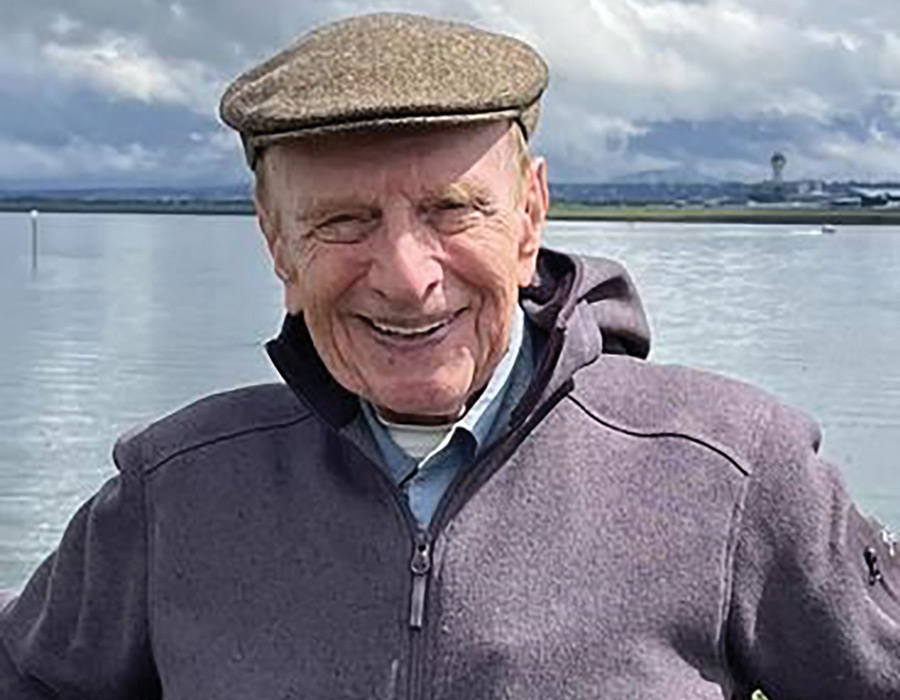
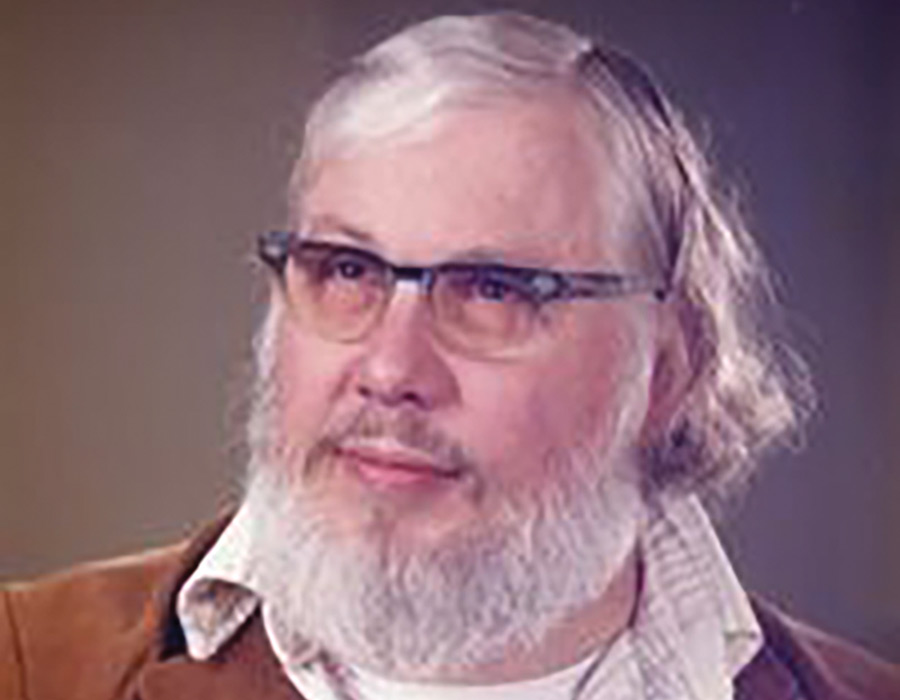
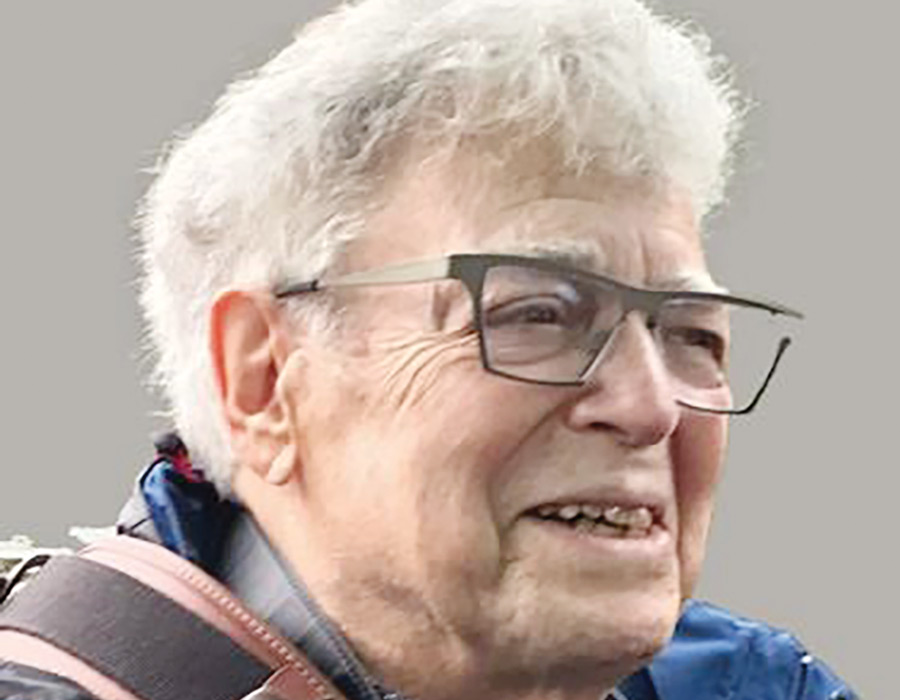
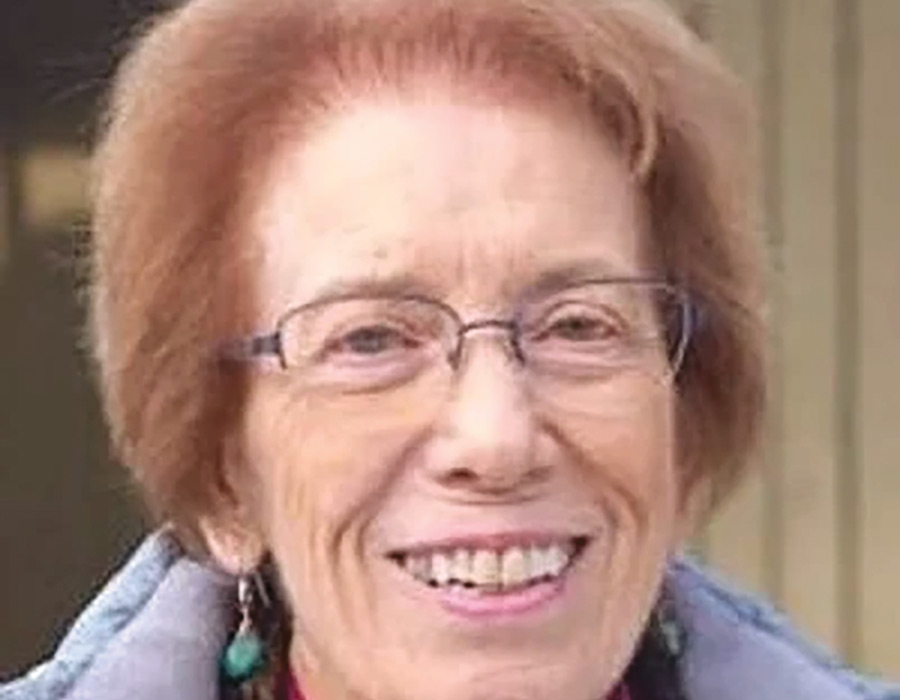
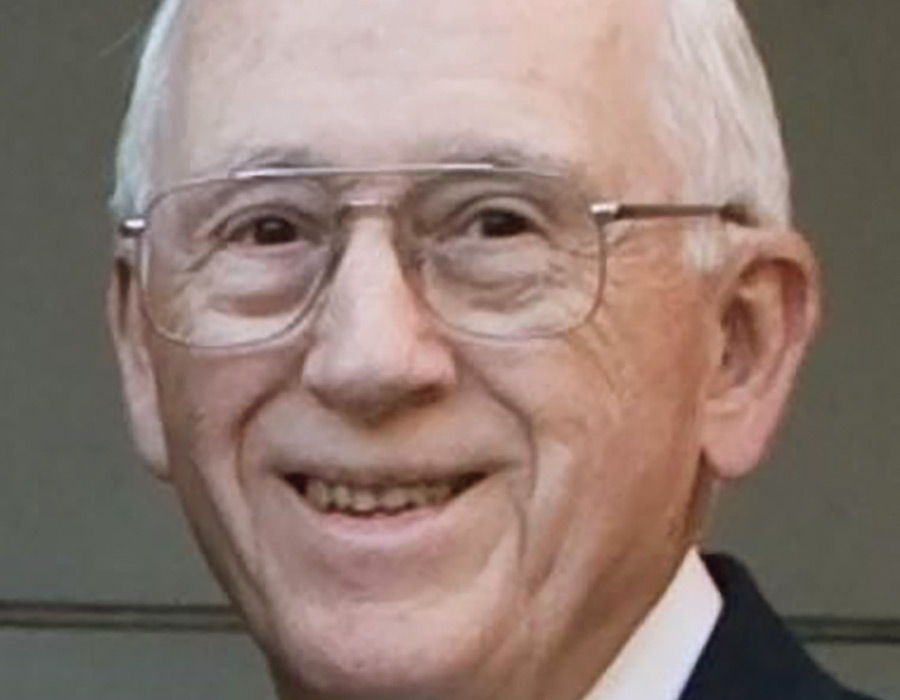
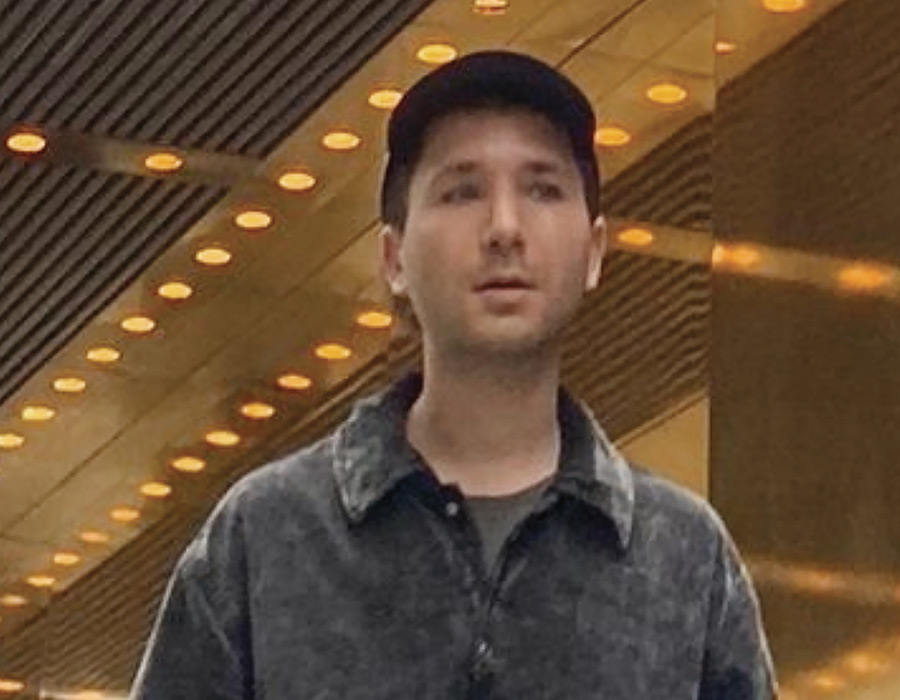
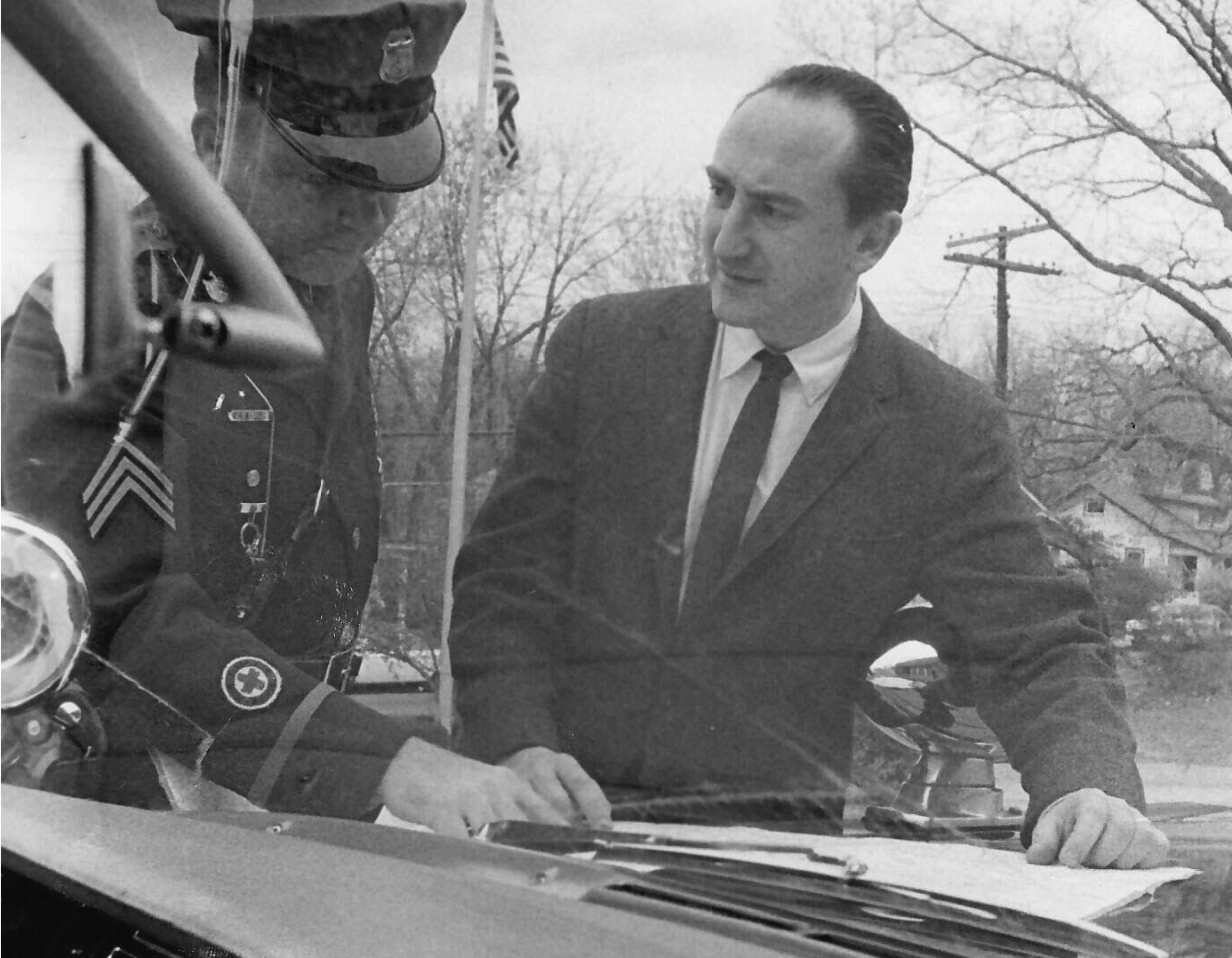
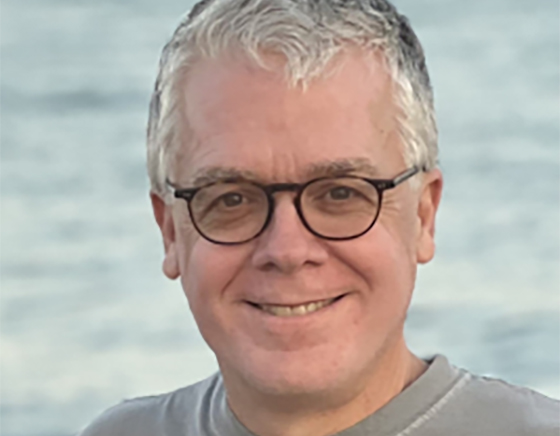
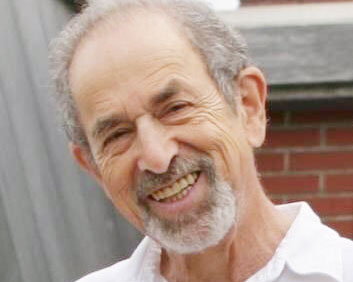
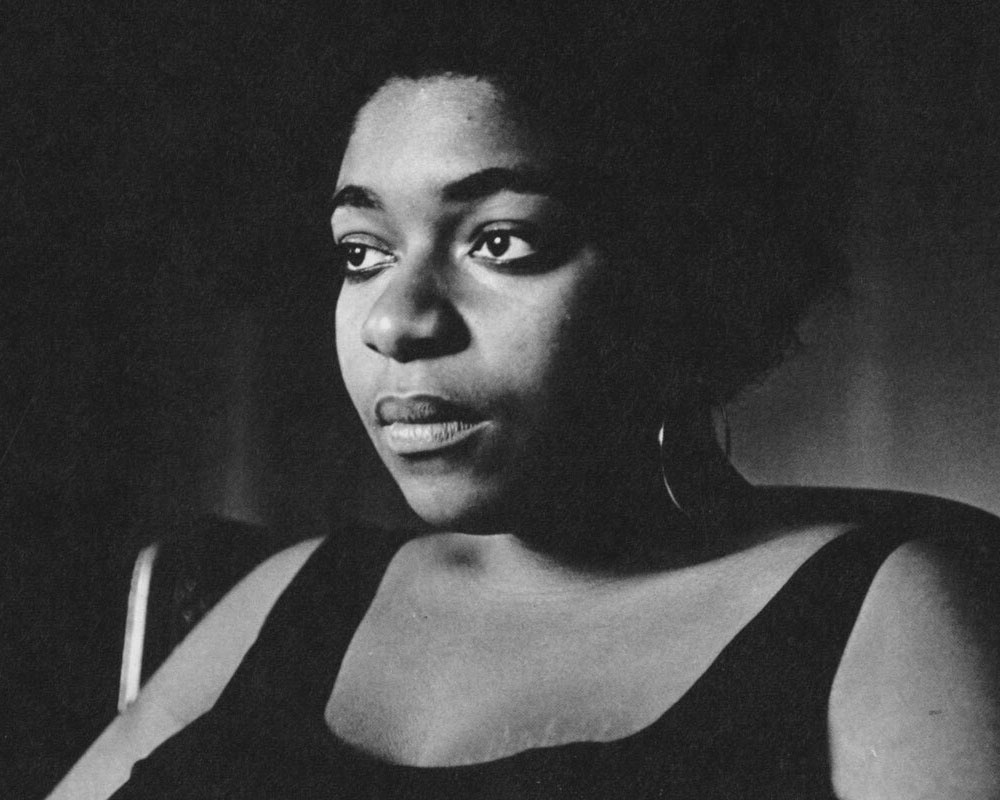
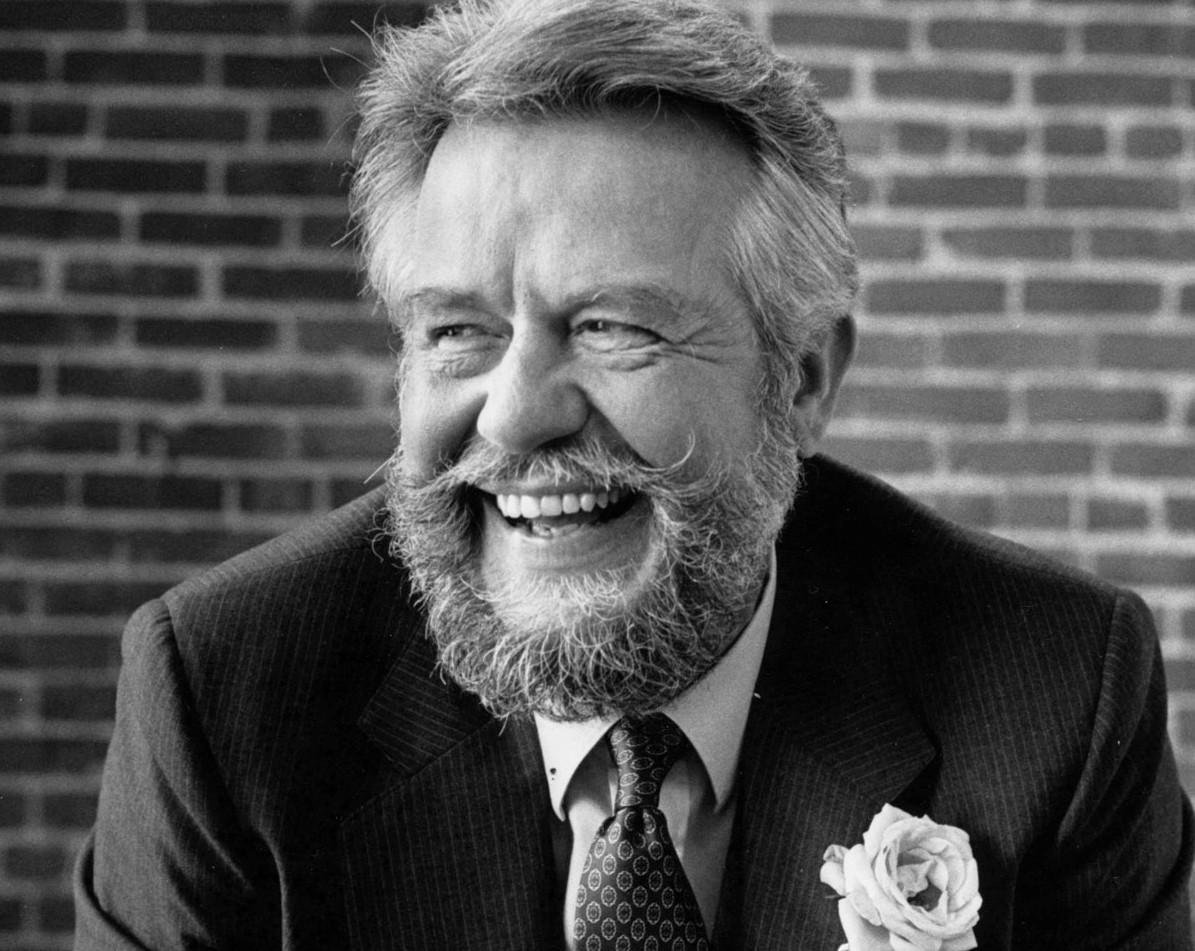
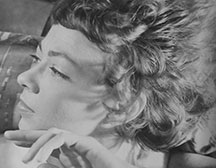
![Photo of Prof. Marvin Levich [philosophy 1953–94]](https://www.reed.edu/reed-magazine/in-memoriam/assets/images/2022/LTL-levich1.jpg)
![Photo of President Paul E. Bragdon [1971–88]](https://www.reed.edu/reed-magazine/in-memoriam/assets/images/2020/Bragdon.jpg)
![Photo of Prof. Edward Barton Segel [history 1973–2011]](https://www.reed.edu/reed-magazine/in-memoriam/assets/images/2020/Segel.jpg)
